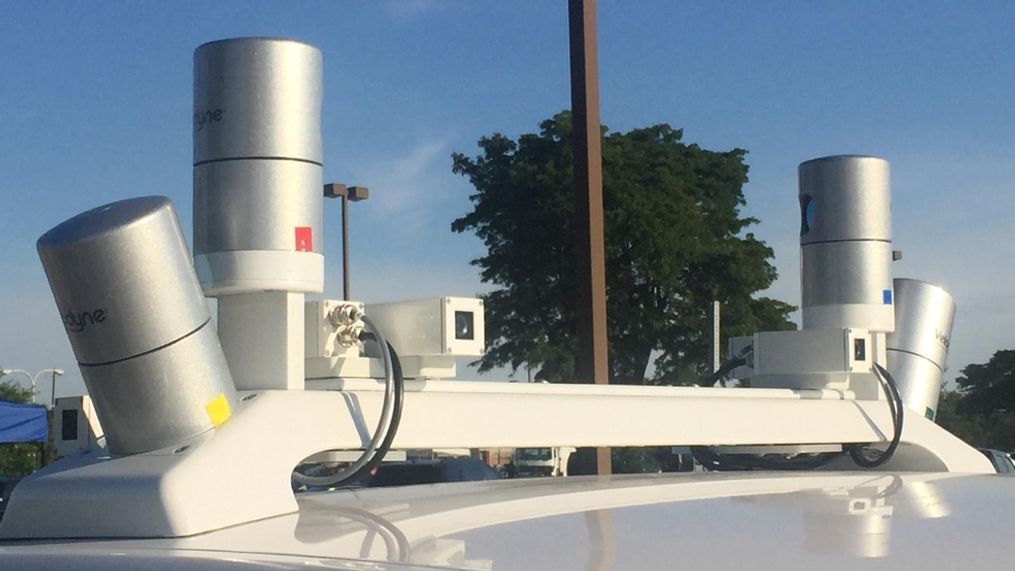Feds loosen safety guidance that impedes self-driving car development

The U.S. Department of Transportation released an 80-page update of NHTSA guidance dubbed “Automated Vehicles 3.0” on Thursday in an effort to make self-driving car development easier. Currently, NHTSA regulations require automakers to meet nearly 75 different safety standards, all of which were drafted with the assumption that a driver will always be in control of a vehicle.
The report does away with many of the regulations for equipment such steering wheels and pedals, and even the need for a human in the driver’s seat, though the proposed changes will take some time to go into effect.
MORE: Honda invests $2.75B in GM’s self-driving car division
U.S. Transportation Secretary Elaine Chao said in an introductory letter that autonomous vehicle have “the potential to improve quality of life and enhance the mobility and independence of millions of Americans,” but added that “the public has legitimate concerns about the safety, security, and privacy of automated technology.”
Several automakers and self-driving technology developers including General Motors have lobbied the U.S. government in recent years to loosen certain regulations that hamper the development of fully-autonomous vehicles including removing steering wheels, and while the GM petition seems to have worked, the NHTSA has not officially declared it complete.
Google’s Waymo division plans to launch an autonomous ride-hailing service for the general public in Arizona later this year. Although no human driver will be required it sit behind the wheel, the vehicles will still have conventional car controls for now.
However, despite the intention to make rules more flexible, the report also stated that the NHTSA’s “current statutory authority to establish motor vehicle safety standards is sufficiently flexible to accommodate the design and performance of different” autonomous vehicles, a point that automakers have contested.
Still, the report leaves room for what the NHTSA called “a more fundamental revamping of its approach to safety standards,” which could include “sophisticated obstacle-course-based test regimes” or even computer simulations.
Unfortunately, ten automated vehicle proving grounds, including a center in Michigan that President Donald Trump visited in 2017, will no longer be recognized by the NHTSA, nor will they be eligible for $60 million worth of grants for autonomous vehicle development.
Finally, the report was eager to point out that the Trump administration would not push for the end of human-centric driving, adding that the agency “embraces the freedom of the open road, which includes the freedom for Americans to drive their own vehicles.”
Read more from Internet Brands Automotive:
